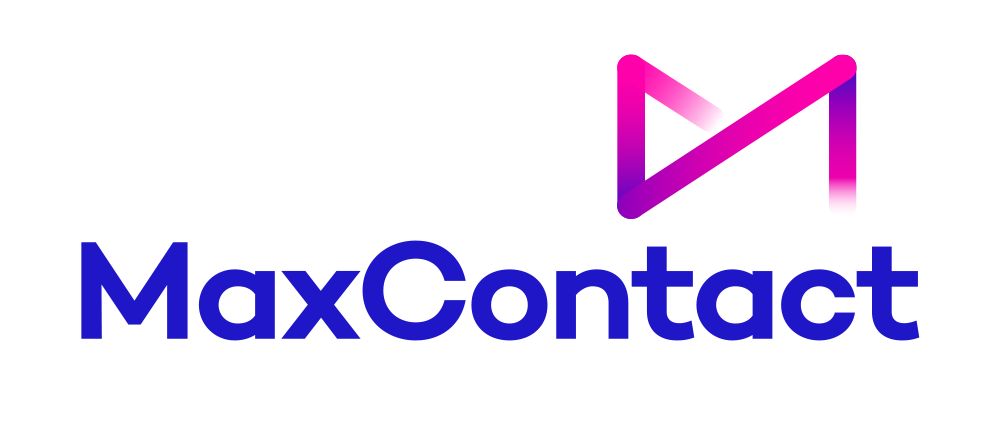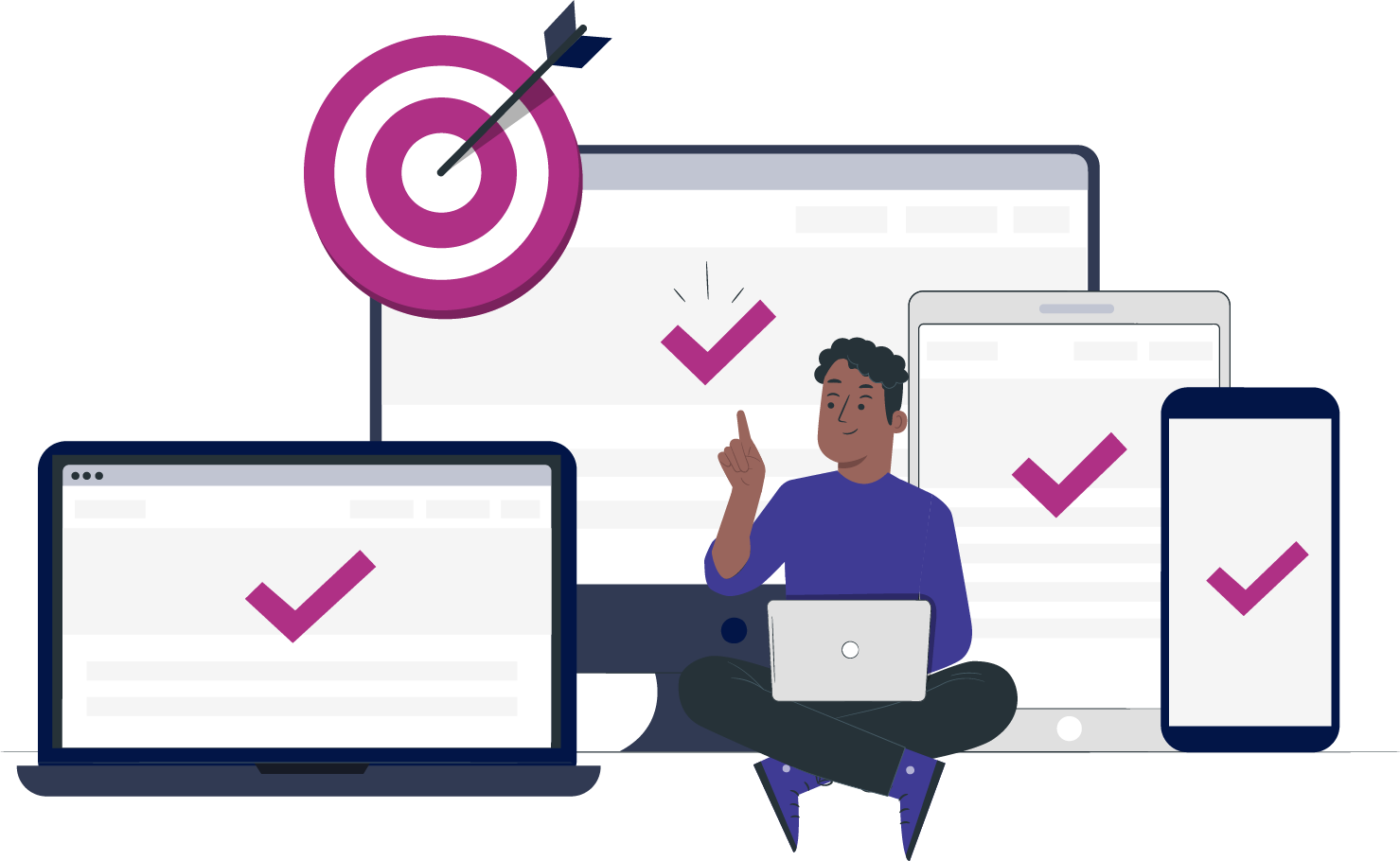Adapting Communication Methods for Client Needs
As businesses work to keep up with the times, evolving communication methods have become more necessary than ever. It's not enough to know the current trends; organizations and professionals must be able to adapt their communication styles to meet the needs of specific clients.
No matter the industry, communication is essential to the success of any business. But how do you adapt communication to meet clients' needs?
Effective communication strengthens client relationships and helps them remain informed about your work and services. However, when it comes to client communication, it's not a one-size-fits-all approach. Instead, every project requires its own tailored strategy.
What are communication methods for clients?
Client communication methods refer to how businesses communicate with their clients or customers. Some standard client communication methods include:
- Phone calls: Businesses may communicate with clients over the phone by making outbound calls or receiving inbound calls.
- SMS: Businesses can send short messages directly to their clients' mobile phones. It is a fast and convenient way to send clients reminders, updates, and promotional offers.
- Email: Email is a widely used communication method for businesses to correspond with clients, send newsletters or promotional offers, or share important information.
- Chatbots: Chatbots are automated programs that use artificial intelligence to communicate with clients through instant messaging platforms or websites.
- Social Media: Many businesses use social media platforms such as Facebook, Twitter, Instagram, or LinkedIn to engage with clients and communicate important information.
- Video conferencing: With the rise of remote work, video conferencing has become a popular communication method for businesses to connect with clients or hold virtual meetings.
- In-person meetings: Some businesses communicate with clients through in-person meetings, either at the company's or client's locations.
- Some businesses offer self-service portals that allow clients to access their accounts, track orders, or submit support tickets.
Know Your Target Audience and Their Preferred Method of Communication
The first step in adapting your communication methods for your client's needs is understanding who they are. Ask yourself: What do they want, and how do they prefer to receive information? Most importantly, ask yourself how you adapt communication to meet a client's needs.
For example, if your target audience is young Millennials, chances are they won't be interested in receiving emails or making phone calls. Instead, they might prefer text messages or social media updates. Knowing these details can help you tailor your communication methods accordingly.
If you're not communicating via the mediums your intended audience favours, then the message is unlikely to have an impact. Along with using a suitable communication medium, there is also the matter of tweaking the tone of your message to best resonate with the audience. Understanding how your client prefers to be reached can make all the difference in successful communication.
Make Sure You Have the Necessary Channels of Communication Available
As we have established, there are many different ways to communicate with clients today: emails, phone calls, video conferencing, text messages, etc. Depending on your client's needs, you may need more than one form of communication available at any given time. For example, if you have a client who prefers email but also wants occasional video updates from you, then make sure both options are available. It's important to stay flexible and open-minded regarding communication methods to meet your client's needs.
Having the necessary communication channels available for your clients is essential to any successful business. Customers and other stakeholders must be able to reach out to get questions answered and resolve issues efficiently.
Companies must provide efficient, polite, timely responses to ensure customer satisfaction and build a positive reputation. A negative experience can discourage customers, and their perception of the brand may suffer. Likewise, having multiple means for customers to connect with the company means that more queries will likely be answered quickly.
Whether through email, social media, or live chat, businesses should strive to ensure they have systems in place that allow their customers easy access when they need assistance.
Identifying Client Communication Styles
Before adapting communication methods to clients' needs, you must know their communication styles. There are several communication styles, including:
- Direct: Clients who prefer immediate communication value straightforward conversations, get to the point, and want things done quickly.
- Systematic: Clients who prefer periodic communication prefer a structured approach with clear instructions and steps.
- Spirited: Clients who prefer lively communication value enthusiasm, energy, and a positive attitude.
- Considerate: Clients who prefer thoughtful communication value empathy, understanding, and a willingness to listen.
Adapting Communication Methods for Each Style
Once you have determined the client's communication style, you can adapt your communication methods to meet their needs. Below are some tips for adjusting your communication methods to fit each style:
- Direct:
- Be concise and get to the point.
- Give clear and actionable instructions.
- Use bullet points or numbered lists to structure information.
- Avoid small talk and get to the end.
- Systematic:
- Provide a structured approach with clear instructions and steps.
- Provide a clear timeline for tasks and deadlines.
- Use a logical sequence when presenting the information.
- Provide options and alternatives when appropriate.
- Spirited:
- Use positive language and a friendly tone.
- Use enthusiasm and energy to convey excitement and motivation.
- Use anecdotes and stories to illustrate points.
- Give positive feedback and encouragement.
- Considerate:
- Actively listen and empathize with the client's concerns.
- Use a compassionate and understanding tone.
- Use phrases such as "I understand," "I hear you," and "I appreciate your perspective."
- Ask open-ended questions to stimulate discussion and dialogue.
Best Practices for Adapting Communication Methods
Be Proactive About Managing Expectations
It is imperative to be proactive about managing expectations when communicating with clients. This means setting realistic timelines for projects and ensuring that everyone understands what needs to be done and when it needs to be done. This helps avoid any last-minute changes or misunderstandings, which can create unnecessary stress for you and the client.
It is also a good idea to check in periodically throughout the project. Doing this ensures that everyone is still on track and that no new issues have arisen since you last spoke.
Proactively managing expectations ensures that each party understands what is expected of them. It allows client expectations to be addressed appropriately and ensures that tasks are completed on time and within budget. Furthermore, proactively managing client expectations establishes a positive narrative between professionals. This creates greater trust while simultaneously solidifying working relationships.
Choose Your Words Carefully
When communicating with clients, always choose your words carefully. This means avoiding jargon or technical terms that may confuse them. Instead, use simple yet effective language that conveys precisely what you're trying to say without sounding complicated or intimidating. Additionally, try to leave your clients with a manageable amount of information at a time. Instead, break down complex topics into smaller chunks so they're more manageable for you and your clients to digest.
It is essential to present yourself pleasantly and authoritatively. This is something that can only be accomplished by selecting your words carefully. Moreover, using appropriate language can help to build client trust, establish clarity, and encourage meaningful conversations.
The necessary skills to articulate your thoughts can prevent miscommunication and promote a deeper understanding.

Keep Track of Your Communications and Follow Up Regularly
Once you have established an effective way to communicate with each client, you must keep track of all conversations and follow up regularly. This will help ensure that nothing slips through the cracks and that all issues are addressed promptly. Additionally, it will allow you to check in regularly with clients so that they feel heard and valued by your business.
By tracking client communication and staying on top of follow-up tasks, you're far more likely to make a lasting impression. Consequently, this can lead to the referrals and repeat business your company depends on. Plus, it shows that you're serious about customer service.
Adapting communication methods to clients' needs can be a difficult task. Here are some best practices to help you with this process:
- Ask questions: Better To understand the client's communication style and preferences, ask open-ended questions.
- Be attentive: pay attention to the client's tone of voice, body language, and word choice to understand their communication style better.
- Use multiple communication channels: Some clients prefer emails and phone calls or face-to-face meetings. Use various communication channels to meet the client's preferences.
- Clarify expectations: To avoid misunderstandings, clarify expectations and confirm understanding.
- Be flexible: Be open to adapting your communication methods to meet the client's needs.
- Use simple language: avoid jargon or technical terms that the client may need to be more familiar with. Instead, use simple and easy-to-understand language matching the client's knowledge level.
- Be Responsive: Respond to client inquiries and messages promptly and on time. Clients may have different expectations about response time, so clarifying this with them is crucial.
- Be patient: Some clients need more time or explanation to understand information. Be patient and willing to repeat information to ensure it is fully understood.
- Use visual aids: consider using visual aids such as tables, graphs, or charts to explain complex information and make it easier for clients to understand.
- Solicit feedback: Ask clients for feedback on their communication preferences and the methods' effectiveness. This can help improve communications in the future and shows that the business values the client's opinion.
Benefits of adapting communication methods
Adapting communication methods to suit clients' needs can affect speech analysis in several ways, including dialect and language differences, speech recognition accuracy, topic recognition, and sentiment analysis. These factors can impact the accuracy of the insights provided by speech analytics tools, highlighting the importance of carefully considering the impact of communication adaptations on speech analytics.
Adapting communication methods to suit clients' needs can positively impact Customer Experience (CX) strategy by improving customer satisfaction, enhancing brand image, increasing sales and revenue, and providing better customer insights. Companies that prioritize adapting communication methods to meet customer needs can gain a competitive advantage and build stronger customer relationships.
Be Flexible With Your Communication Methods
Communicating effectively with your clients can make or break a working relationship. That's why it pays to be flexible and aware of the different communication methods available.
To keep your client happy, find which communication method works best for you and be prepared to adjust if needed. With a little effort, you'll be well on your way toward creating a better client experience.
Once you have identified which communication style your client prefers, it is essential to be flexible to accommodate their needs. If they prefer face-to-face meetings, but don't have the time or resources, consider offering video conferences instead. This can provide an effective communication method without requiring both parties to be physically present.
Similarly, opting for emails may be a better option if they prefer texting, but this isn't possible due to legal constraints or other reasons. Being flexible with your communication methods will ensure that both parties are satisfied and that the conversation flows naturally.
Summary
Communication is vital when it comes to managing successful projects with clients. However, it is more complex than merely sending emails and hoping for the best. It centres on adapting your communication to meet a client's needs.
Communication is not a one-size-fits-all solution. Different clients have different communication styles, preferences, and expectations. Some clients prefer a more formal approach, while others prefer a casual and friendly tone. Failure to adapt communication methods to clients' needs can lead to misunderstandings, misinterpretations, and the ultimate loss of business. Adapting communication methods to clients' needs can help build trust, create clear expectations, and ensure that both parties are on the same page.
Developing a tailored communication strategy based on your client's needs can help ensure that everyone stays in sync throughout each stage of their project. By breaking down tasks into phases, choosing appropriate media channels for conveying information, and soliciting valuable client feedback, your company will be well-positioned for success.

From the blog







